Super Cars: The Ultimate Guide
The world of automotive enthusiasts is brimming with choices, but for those seeking the ultimate driving experience, the pursuit of a truly exceptional vehicle is a deeply rewarding endeavor. At the forefront of this pursuit lies the super car, a breed defined by performance, luxury, and a palpable sense of power. This guide will delve into everything you need to know about super cars, from their history and evolution to the latest models and what makes them so captivating. Whether you’re a seasoned collector, a casual enthusiast, or simply someone who appreciates the thrill of a high-performance machine, this comprehensive overview will provide you with the knowledge to navigate the world of super cars with confidence. Let’s begin!
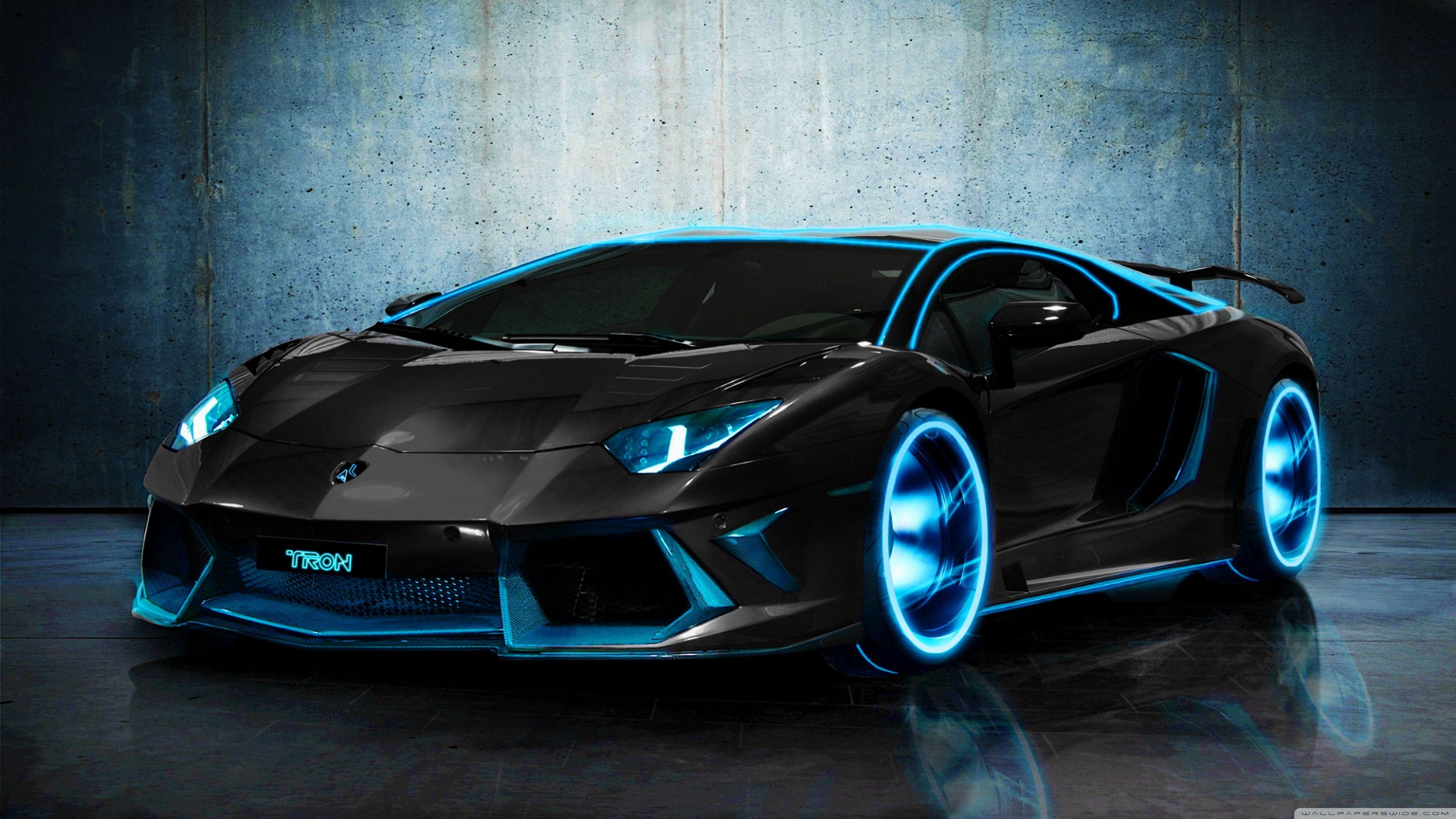
The Genesis of the Super Car
The concept of the super car isn’t a recent phenomenon; its roots can be traced back to the early 20th century with the creation of the “race cars” of the era. These weren’t designed for everyday driving; they were built for speed and competition, often utilizing lightweight materials and innovative engineering. The 1930s saw the emergence of the “luxury sports car” – a vehicle that combined performance with a touch of elegance. Companies like Bugatti and Rolls-Royce began to produce vehicles that pushed the boundaries of automotive design and engineering, laying the groundwork for the modern super car. The post-war era saw a surge in interest in high-performance vehicles, fueled by the rise of motorsport and the growing demand for vehicles that could rival the speed of airplanes. This period cemented the super car’s place as a symbol of luxury and technological prowess. Understanding this historical context is crucial to appreciating the evolution of the modern super car.

Key Characteristics of Super Cars
Several key characteristics define a true super car. Firstly, performance is paramount. Super cars are engineered to achieve exceptional speeds, often exceeding 200 mph (320 km/h) and frequently pushing beyond that. This is achieved through sophisticated engine technology, aerodynamic designs, and advanced suspension systems. Secondly, luxury is a defining feature. Super cars are built with premium materials, offering a supremely comfortable and opulent interior. Think supple leather seats, handcrafted wood trim, and advanced infotainment systems. Thirdly, handling is critical. Super cars are renowned for their precise steering, responsive handling, and exceptional cornering ability. This is achieved through sophisticated suspension systems, advanced braking technology, and meticulously tuned chassis. Finally, status is a significant driver. Super cars are often seen as symbols of wealth and success, representing a lifestyle choice for those who appreciate the finer things in life. The sheer cost of these vehicles, coupled with their desirability, contributes significantly to their position as coveted machines.
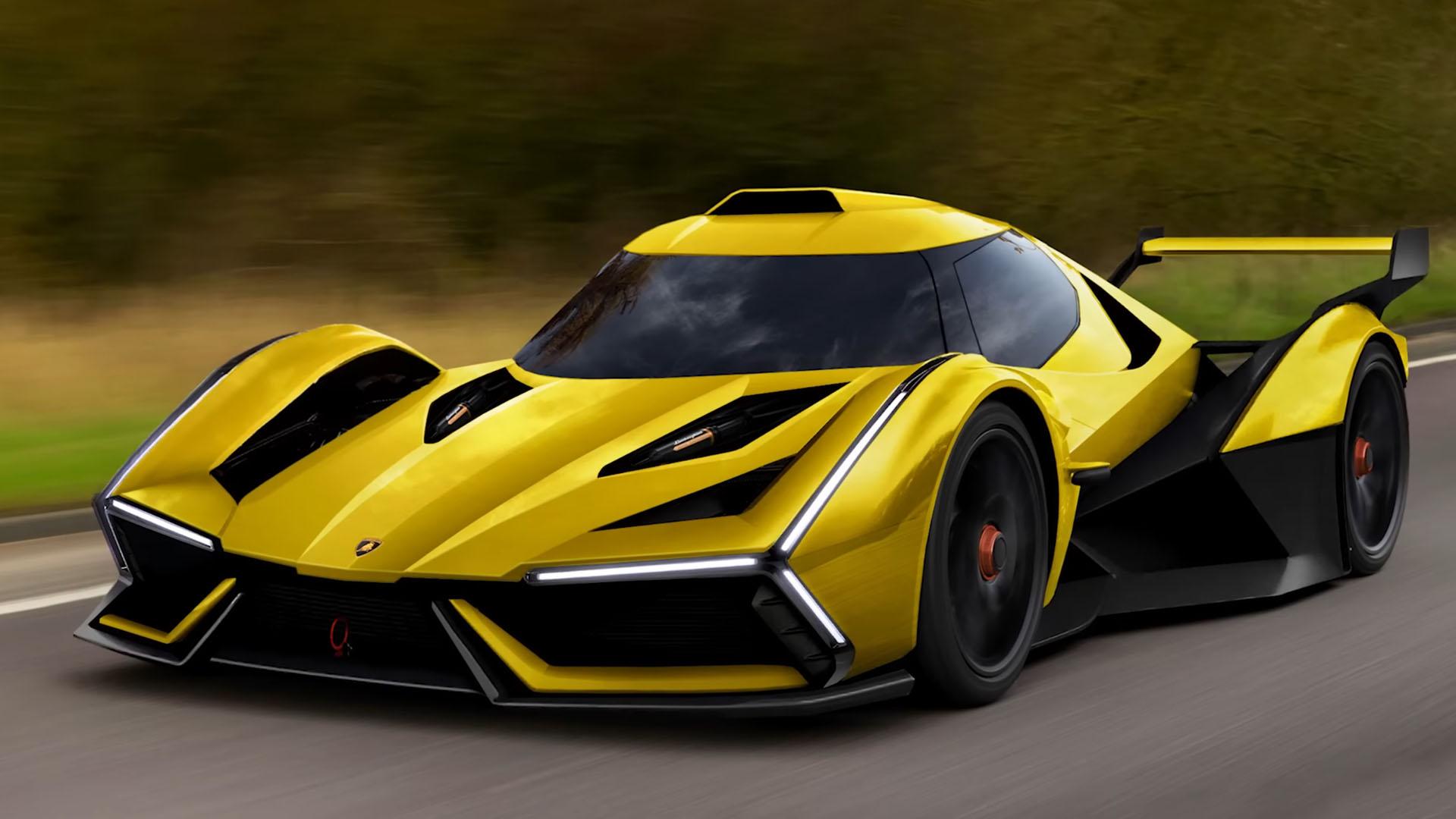
The Evolution of Super Car Design
The super car landscape has undergone a dramatic transformation over the decades. Early models were often bulky and unwieldy, prioritizing raw power over refinement. The 1960s and 70s saw the introduction of more streamlined designs, with a focus on aerodynamic efficiency. The 1980s brought about the rise of the "muscle car" era, characterized by powerful V8 engines and aggressive styling. The 1990s ushered in a new era of luxury and technology, with the introduction of sophisticated electronic controls and advanced driver-assistance systems. The 21st century has witnessed a continued evolution, with manufacturers embracing hybrid technology, electric powertrains, and advanced materials. Today, we see a diverse range of super cars, from hypercars capable of exceeding 300 mph to SUVs offering a blend of performance and practicality. The trend is towards greater integration of technology, a renewed focus on driver engagement, and a commitment to sustainable performance.
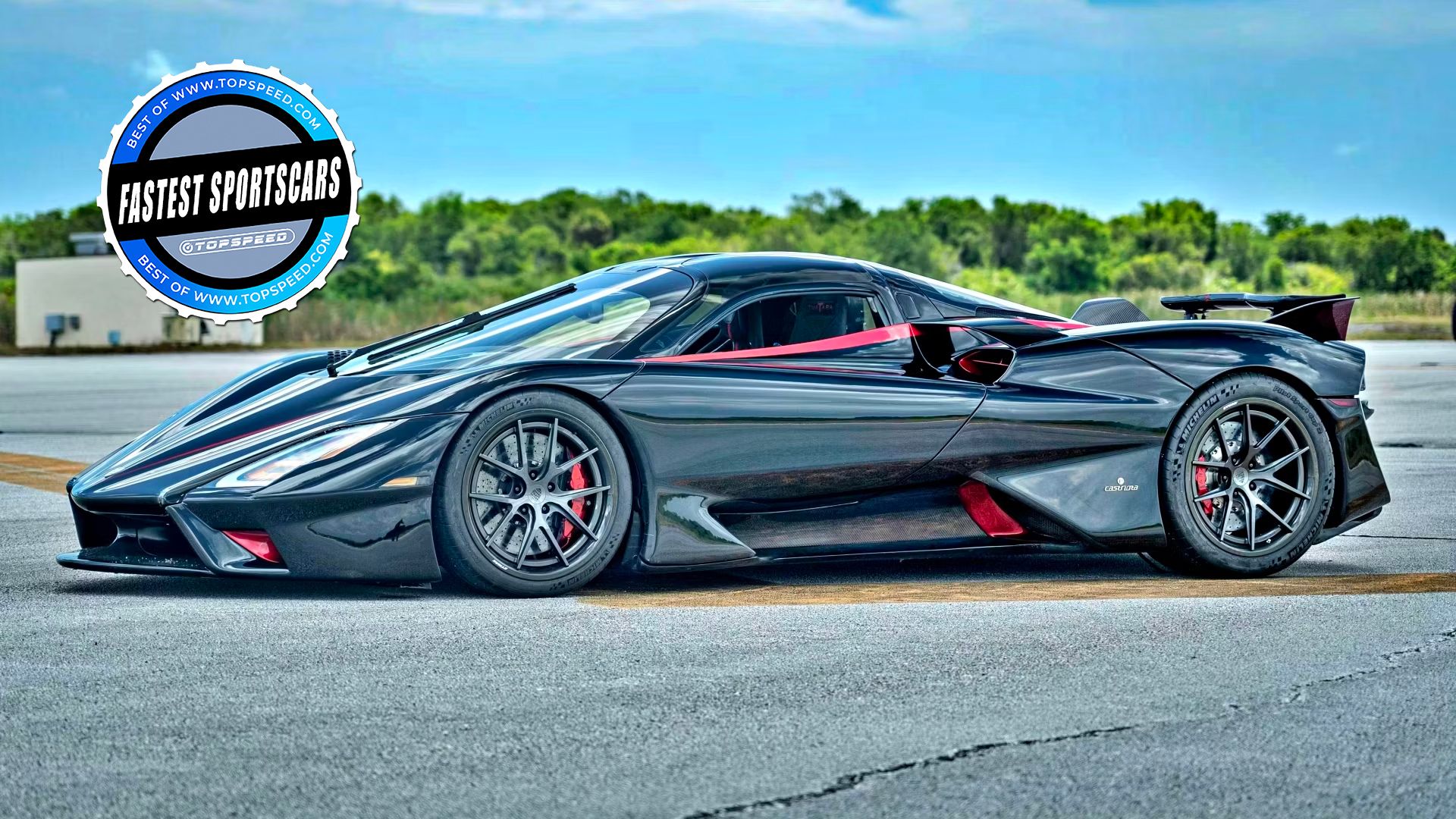
The Engine: The Heart of a Super Car
The engine is undeniably the heart of any super car. Modern super cars often employ hybrid powertrains, combining a gasoline engine with an electric motor to maximize efficiency and reduce emissions. However, the most iconic super car engines are still the V10 and V12 engines, delivering immense power and responsiveness. The development of turbocharged engines has also played a crucial role in enhancing performance. Furthermore, advancements in materials science have allowed manufacturers to create lighter, more durable engine components. The pursuit of optimal engine performance is a constant endeavor, with engineers continually striving to improve efficiency, reduce emissions, and enhance the overall driving experience. The sound of a super car engine – a deep, throaty rumble – is a defining characteristic, adding to the overall sense of exhilaration.
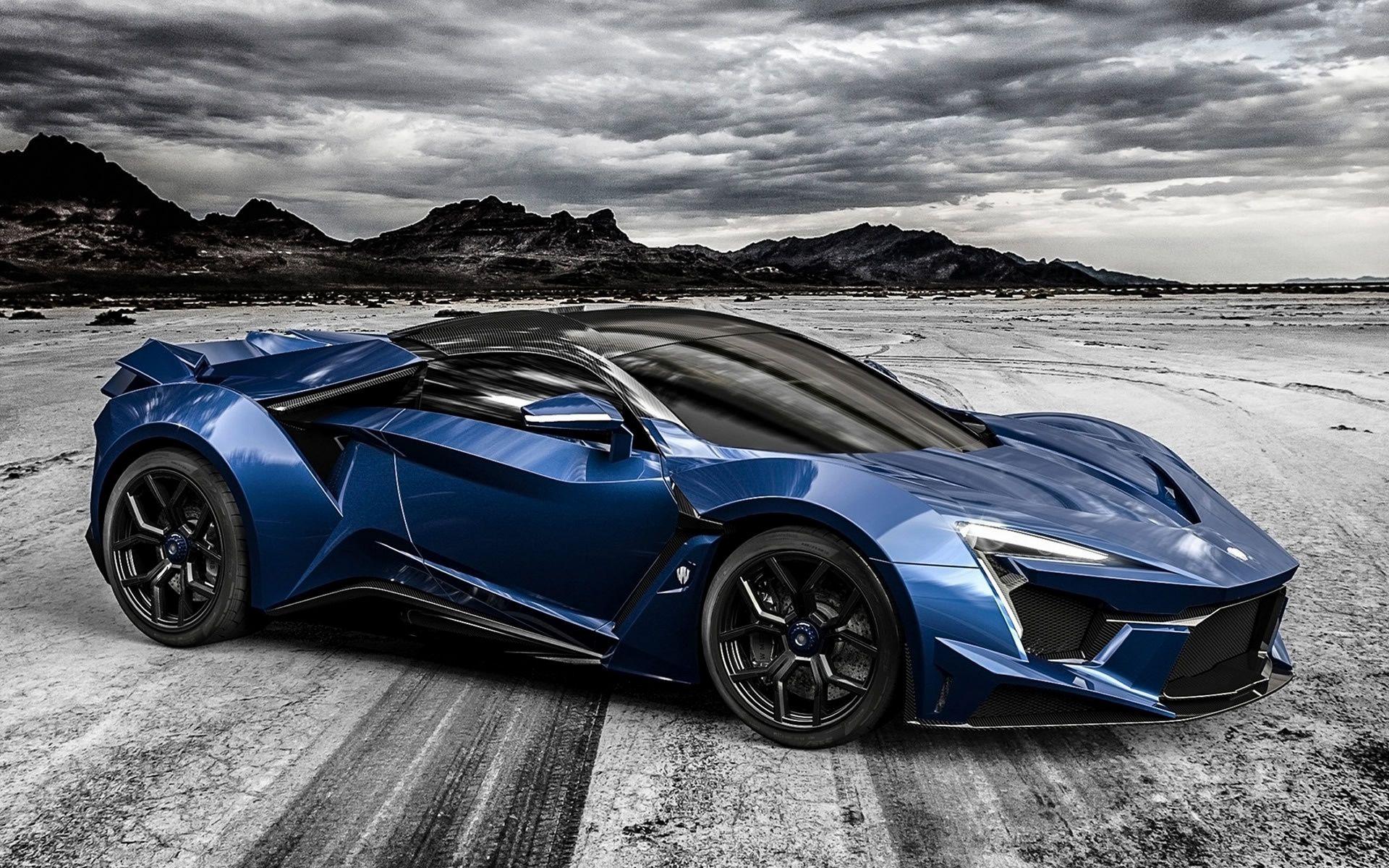
Super Cars and Technology – A Connected Experience
Modern super cars are not simply about raw power; they are increasingly integrated with advanced technology. Driver-assistance systems, such as lane departure warning, adaptive cruise control, and automatic emergency braking, are becoming increasingly common. Infotainment systems with large touchscreens and advanced navigation features provide a seamless and intuitive driving experience. Connectivity is also a key feature, allowing drivers to connect their smartphones, access streaming services, and receive real-time traffic updates. Furthermore, many super cars incorporate advanced driver-assistance systems (ADAS) that enhance safety and provide a more confident driving experience. The integration of these technologies reflects a broader trend towards autonomous driving and a desire to create a connected and intelligent vehicle.
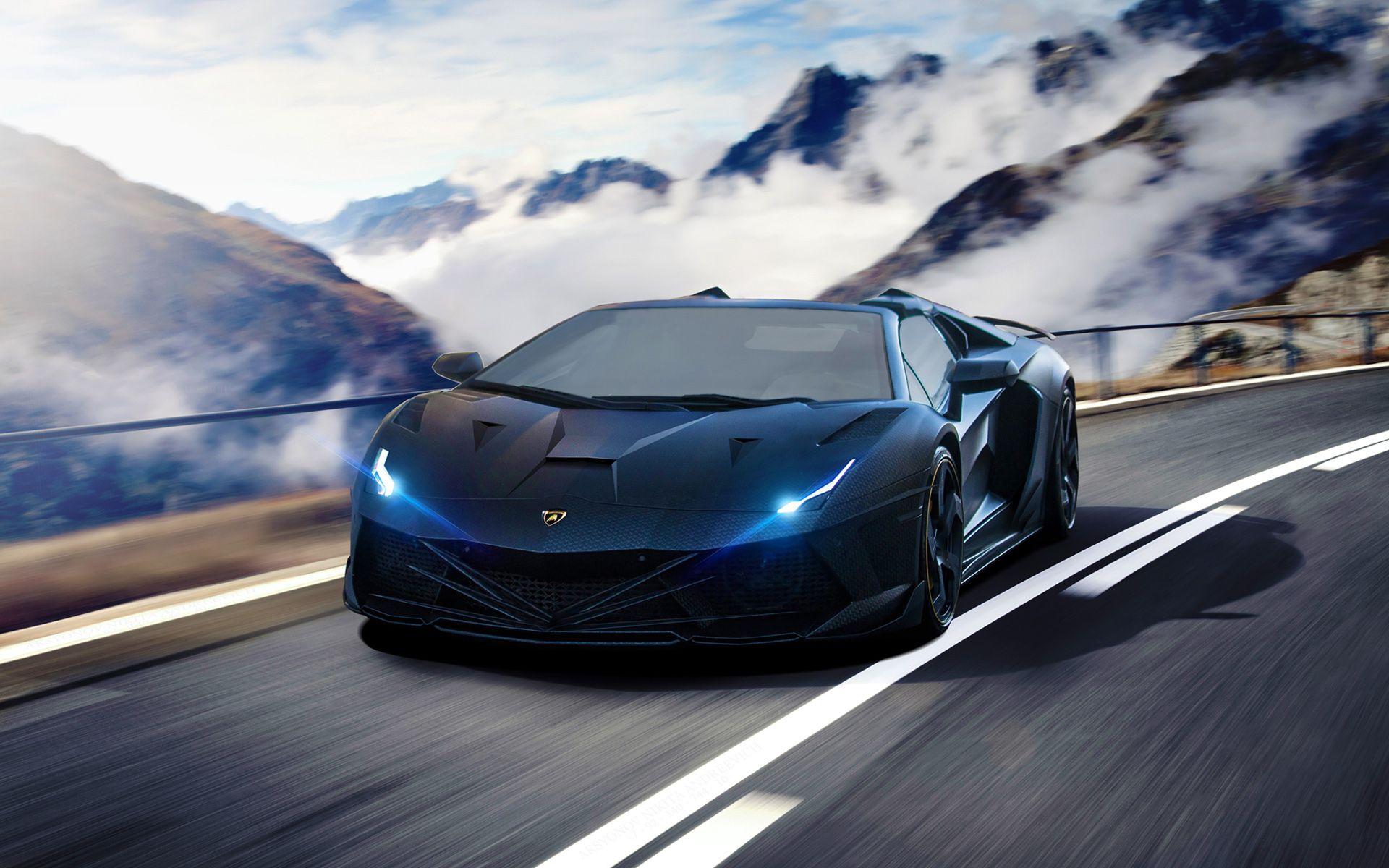
The Luxury Interior: A Statement of Status
The interior of a super car is a carefully crafted environment designed to provide a supremely comfortable and luxurious experience. Premium materials such as leather, wood, and aluminum are used extensively. The seats are often handcrafted and upholstered with high-quality fabrics. Advanced sound systems provide a rich and immersive audio experience. The dashboard is typically dominated by a large touchscreen display that controls a wide range of vehicle functions. Attention to detail is paramount, with meticulous attention paid to the ergonomics and aesthetics of the interior. The overall impression is one of understated elegance and a commitment to providing a truly exceptional driving experience. The interior is not just a functional space; it’s a statement of status and a reflection of the owner’s discerning taste.
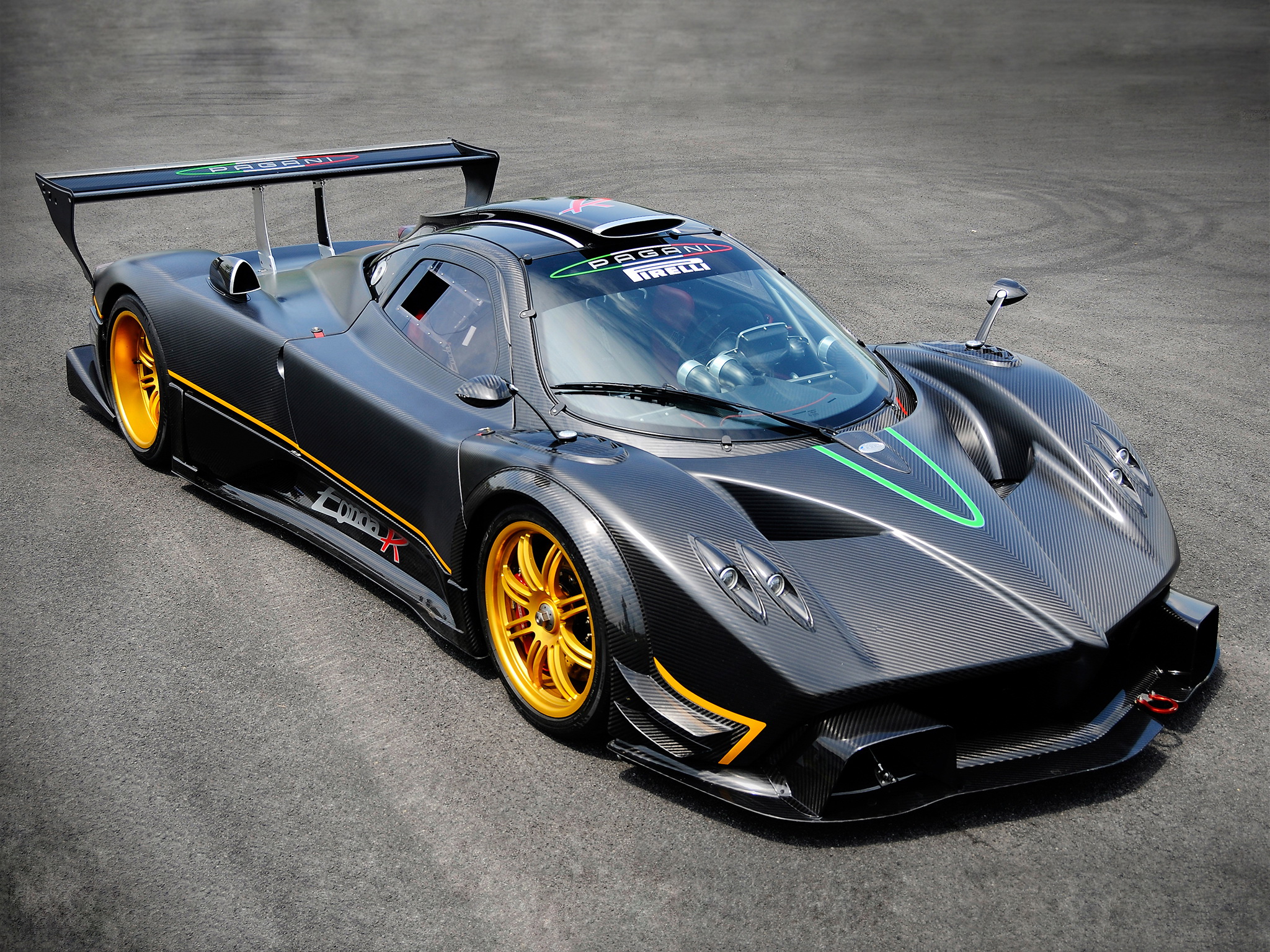
Super Cars and Racing – A Legacy of Speed
The history of super cars is inextricably linked to motorsport. Early super cars were designed specifically for racing, and the pursuit of speed and performance drove much of their development. The Formula 1 racing series has been a major catalyst for the evolution of super cars, pushing the boundaries of engineering and design. Super cars have also found success in other racing disciplines, such as rally and GT racing. The legacy of racing continues to influence the development of super cars today, with manufacturers investing heavily in track testing and performance optimization. The pursuit of speed and the thrill of competition remain central to the super car experience.
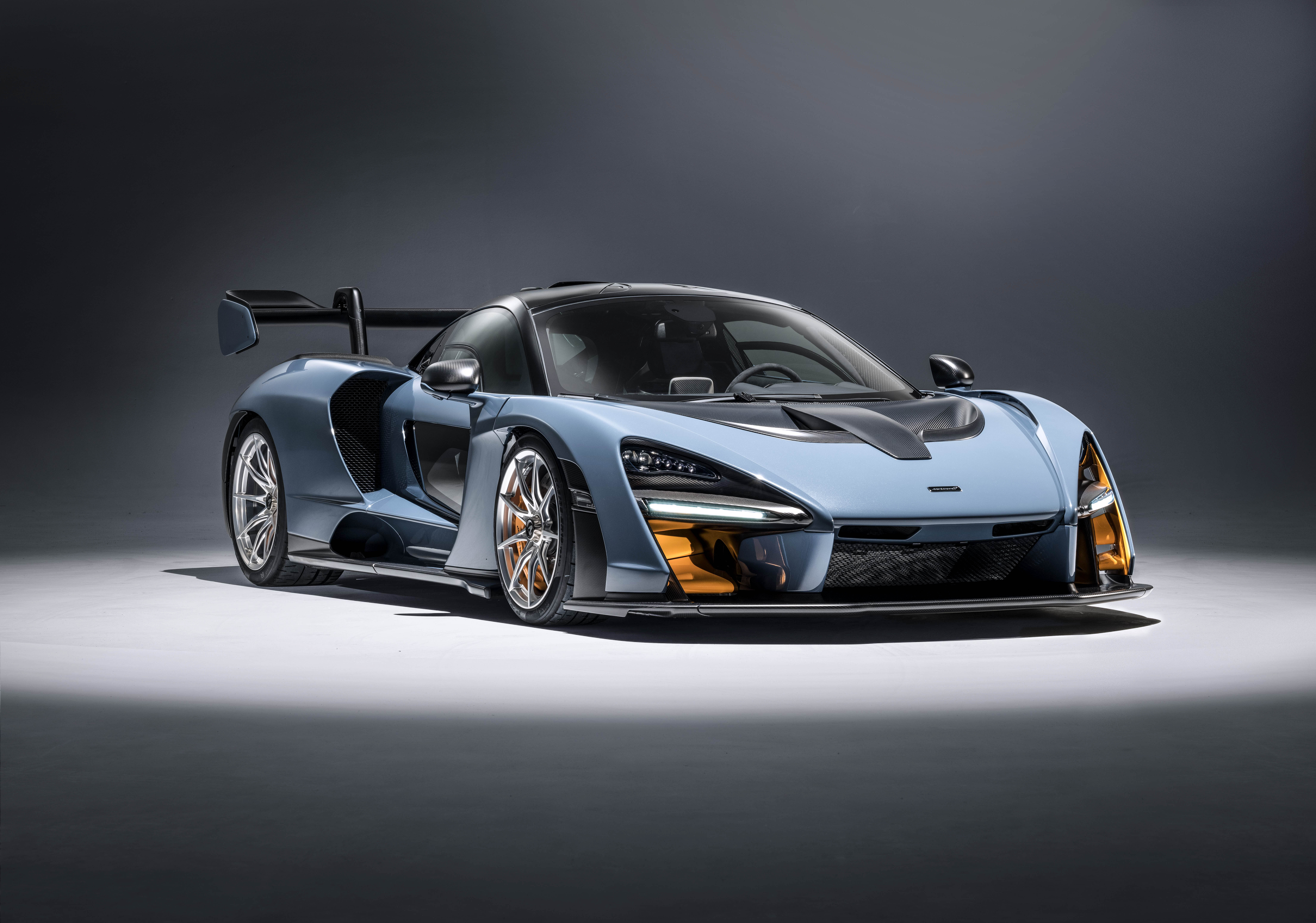
The Future of Super Cars – Innovation and Sustainability
The future of super cars is likely to be shaped by several key trends. Hybrid and electric powertrains are becoming increasingly prevalent, driven by environmental concerns and the desire to reduce emissions. Advanced materials, such as carbon fiber and titanium, are being used to reduce weight and improve performance. Autonomous driving technology is poised to transform the driving experience, with self-driving super cars becoming increasingly common. Furthermore, there’s a growing emphasis on sustainability, with manufacturers exploring ways to reduce the environmental impact of super cars. The focus will shift towards greater efficiency, reduced emissions, and a more connected and intelligent driving experience. The ultimate goal is to create super cars that are not only exhilarating to drive but also environmentally responsible.
Conclusion
The super car represents a pinnacle of automotive engineering and design. From its humble beginnings in the 20th century to its current status as a symbol of luxury and performance, the super car has consistently pushed the boundaries of what’s possible. The evolution of these vehicles has been driven by a relentless pursuit of performance, luxury, and technological innovation. As the industry continues to evolve, we can expect to see even more exciting developments in the realm of super cars, with a growing emphasis on sustainability and driver engagement. The future of super cars is bright, promising a thrilling and increasingly sophisticated driving experience for generations to come. Understanding the history, characteristics, and evolution of super cars provides a solid foundation for appreciating their enduring appeal and the ongoing innovation within the automotive industry.